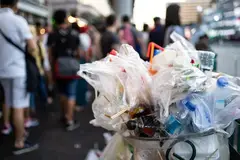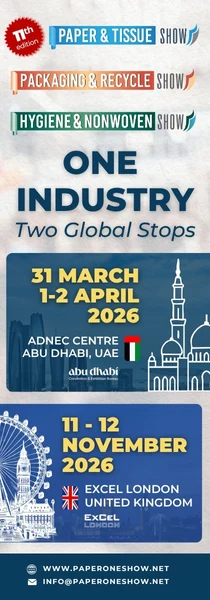Kenya EPR Organization CEO unpacks new waste management legislation
Kenya has enacted EPR legislation, which requires producers to take responsibility for packaging’s end-of-life management in line with the “polluter pays” principle.
The new law is enforced under the Sustainable Waste Management Act 2022, which laid out Kenya’s pathway to more responsible waste management. Packaging Insights speaks to James Odongo, CEO at the Kenya EPR Organization (KEPRO), about the legislation’s impact and challenges.
KEPRO is an industry-led organization that collaborates with packaging providers to address waste in Kenya.
“The EPR aims to reduce environmental pollution and promote recycling, eco-design, and green jobs by requiring producers to manage their waste or join a producer responsibility organization,” says Odongo.
The regulations were finalized in November 2024 and came into effect on May 5.
Producers are required to register with the National Environment Management Authority, submit compliance reports, and implement waste management systems to comply with the legislation.
Producers are required to submit compliance reports and implement waste management systems under the legislation.“EPR also promotes circular economy practices, public awareness, and shared responsibility, ultimately easing the financial burden on local governments and supporting long-term environmental goals,” adds Odongo.
“Strong policy strides”
Waste in Kenya is often disposed of in open dumpsites or informal landfills. The country produces between 3,000 and 4,000 tons of waste per day, with 20–30% of this consisting of plastic, paper, and metal waste.
“Recycling in Kenya remains low, with only about 5% of plastics recycled, largely due to inadequate infrastructure and low public awareness on waste segregation,” says Odongo.
“While the country has made strong policy strides like the 2017 ban on single-use plastics, limited collection systems and poor sorting practices hinder progress.”
According to the EPR, all producers must “establish appropriate mechanisms and structures for the management of each product under its respective category,” or risk facing a penalty under section 32 of the Sustainable Waste Management Act.
Goals and challenges
Odongo indicates that while the EPR aims to circumvent waste and drive circular solutions, he also notes that law enforcement has challenges.
The EPR legislation faced initial resistance from some producers who saw it as a financial burden, says Odongo.“EPR implementation in Kenya faced initial resistance from some producers, especially SMEs, who saw it as a financial burden, alongside low awareness of its principles among key stakeholders.”
While many countries are moving to implement EPR legislation, critics point to “flawed” implementations, which could mean that costs are passed on to consumers. For example, California’s EPR has garnered reproval from businesses that oppose rising financial burdens, while environmental advocates argue the legislation is not stringent enough.
Odongo says: “Challenges such as limited infrastructure and a lack of reliable waste data also slowed progress, but the creation of formal PROs and a national EPR framework has laid a solid foundation for future success.”
Similar challenges often impact other countries in Africa. Sarra Ovuike, a chemicals and waste specialist consultant for the African Development Bank, told Packaging Insights that the continent is “battling” outdated systems while trying to enforce progressive regulations.











